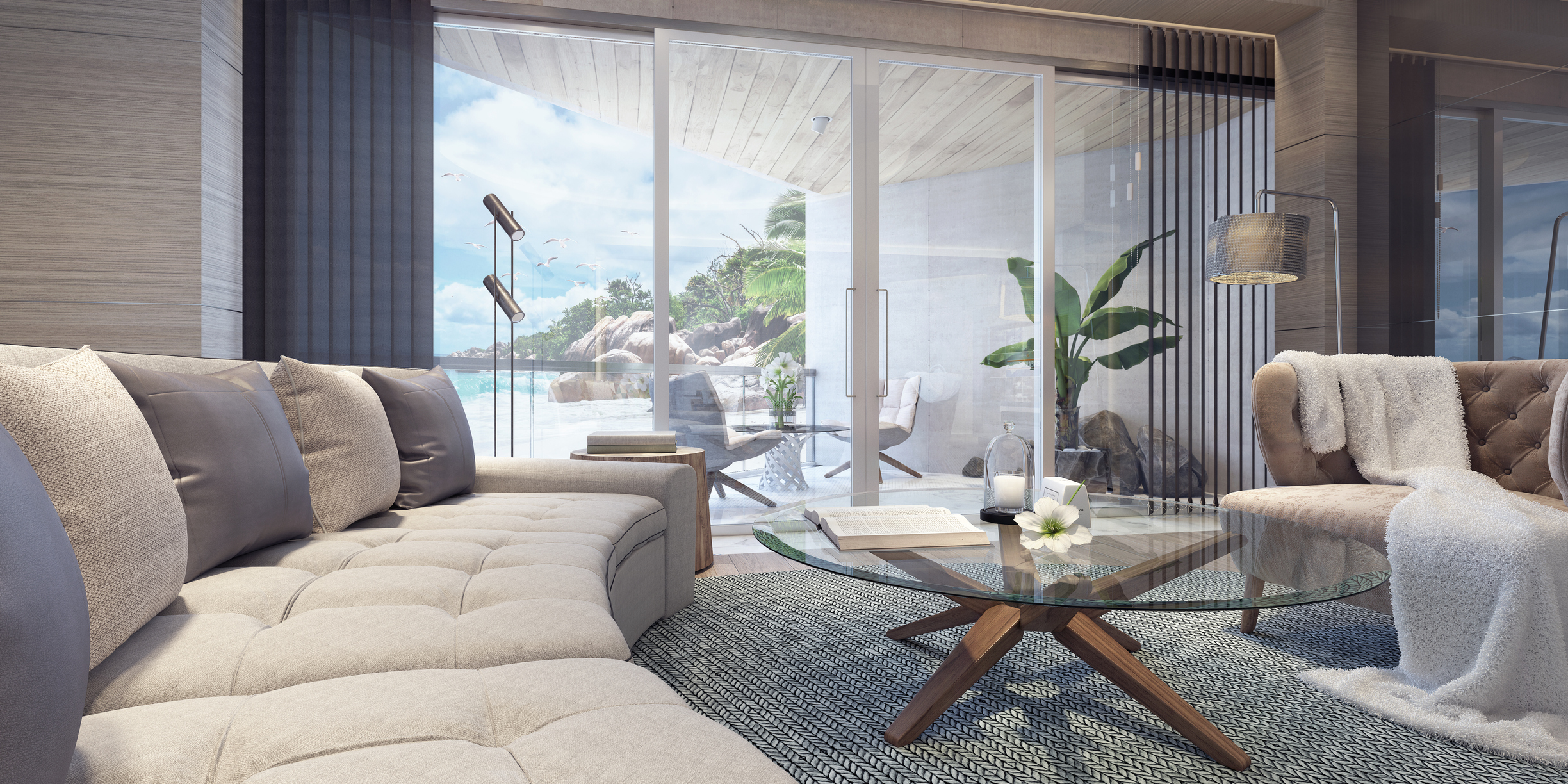Trying to decide what are the best blinds for your home? You’re not alone. Whether this is your first home or you just have a new place that you want to give a very different feel, choosing window coverings can be the toughest part of the entire decorating job. For many, the choice comes down to two main options and if you’re in that situation, understanding the difference between vertical and horizontal blinds is key to making the right choice for your home.
The Difference Between Vertical and Horizontal Blinds
The difference between these two window coverings is a fairly obvious one. Vertical blinds have slats that run up and down. Horizontal blinds have slats that run left to right in your windows or doors. Vertical blind slats tend to be larger than those of horizontal blinds, but that’s not always the case, as many horizontal blind manufacturers have gotten creative over the past few years and come up with some fairly wide slats.
Making the Choice
The difference may be obvious, but both have advantages and disadvantages, and the type that works best for you depends entirely on your home and your situation.
Horizontal Blinds: These tend to work best in smaller windows or those that are tall and narrow. They’re also usually a good choice if the top and/or bottom sash move up and down in the window frame. They allow better access to that movement. They’re easy to control, and they open and close quickly (in a matter of seconds typically). They come in a variety of colors and styles, and they’re also available in a number of different materials like wood and fabric. With the right choice, you can get a blackout level of light protection, so they’re perfect for any room in your home. They’re incredibly quiet when you use them, and they can last for many years without the need for any type of replacement.
Vertical Blinds: This type tends to work best in large windows or on sliding glass doors. In fact, they’re designed to cover a variety of incredibly wide spaces. They’re a great choice in a casement window that opens out, as they fit the architecture of the window well. They, too, are easy to open and close, but they often don’t close quite as quickly as horizontal blinds do, as they usually have quite a bit of space to cover. They tend to be a little more energy-efficient than their horizontal counterparts, which means your heat will stay in your home in the winter, and out of your home in the summer.
Vertical blinds are available in lots of different colors and styles. These days, they’re available in many different materials, too. They offer quite a bit of privacy protection and light control. They are easier to clean than horizontal blinds are too. The slats are wider, and that makes wiping them down a fairly simple task. Unlike horizontal blinds, though, they require a bit of maintenance. Vertical blinds run on a track that sits across the top of the window or door space you’re covering. When you pull the cord or push the button on the remote, the slats all follow that track. Because of the back and forth movement that’s required, track maintenance is a must. You’ll need to clean the headrail to keep dust out of the mechanism and lubricate the blinds at least once each year. If they get noisy when you close them, you may need to lubricate them more frequently. That need for maintenance can mean these will need to be replaced more quickly than horizontal blinds might.
Still not sure which is going to be the right choice to meet your needs? There’s much to consider, but Gallery of Shades can help. Reach out to us today at 480.643.0014. We offer free in-home consultations and a great showroom that will help you decide on which type of blinds might be perfect in your space.





Thanks for explaining that vertical blinds are often easier to clean than horizontal blinds. I have a large sliding door in my dining room that I would like to get a covering for. I think vertical blinds would be a good choice. I should find a professional who can help me design the best blinds for my home.